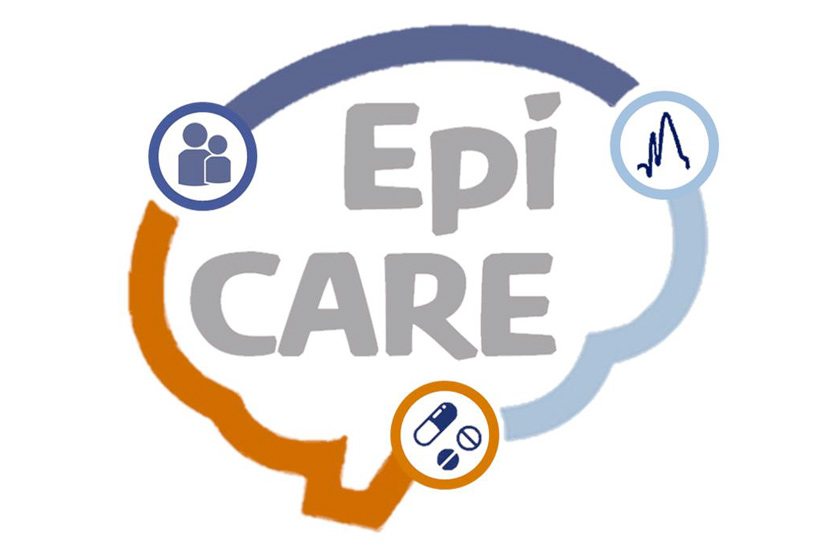EpiCARE – A Proposed European Reference Network for Epilepsy
A decision from the EU on the application of EpiCARE for a stand-alone European Reference Network is eagerly anticipated. It is expected that the decision of the EU will be known in the coming weeks.
So, what, you might ask, is an ERN? Well, imagine if the best specialists from across Europe were able to combine their efforts and knowledge to tackle complex or rare medical conditions that require highly specialised healthcare and a concentration of knowledge and resources, and to have that service available to all patients, irrespective of where they lived in the European Union. If you can picture that, then you can see the potential of a European Reference Network (ERN).
Specialized Treatment
Providing highly specialized treatment and care for patients with a rare or complex condition can be hugely challenging. This is especially true when the prevalence of such conditions is low, as is the case for rare diseases, including some epilepsies. The problem is caused both to the scarcity of expertise and to the scattering of small patient populations across countries in the European Union. However, collaboration between EU Member States can help to support the pooling of expertise in order to ensure that this expertise and knowledge is shared between healthcare professionals across national borders.
Over the past several months, the EpiCARE worked long hours to complete a submission for a ERN on rare and complex epilepsies. This was in response to a call from the EU issued in March and which closed on 21 June. Dissemination of activities will be core to the network, and will be the responsibility of the coordinator and Epilepsy Alliance Europe.
EpiCARE Network
The EpiCARE network would develop and deliver highly-specialized diagnostics and care to improve interventions and outcome in individuals with rare and complex epilepsies, defined as those with incidence <5 in 10,000 population, either defined as an epilepsy syndrome or aetiologically driven epilepsy. Traditionally treatments have been targeted at the seizures with little understanding of the underlying cause; advances in structural brain imaging, as well as molecular and metabolic diagnostics, have determined an increasing number of causes resulting in the description of in excess of 130 rare diseases. With an understanding of underlying cause, treatments can be more targeted. The relative prevalence of each disease means a coordinated approach is required across key centres of expertise, with the development of e-tools to enable complex diagnostic and therapeutic interventions in a wider number of patients across Europe. Only then can we increase the possibility for new treatments that can be integrated into the clinical care pathways. For more information contact us on online.





